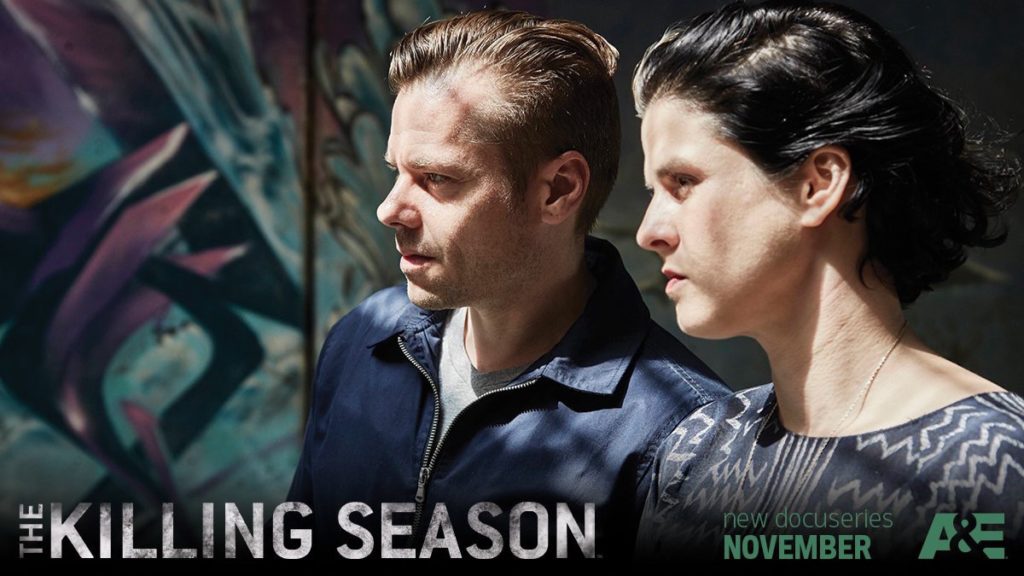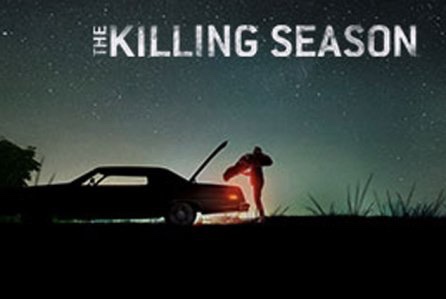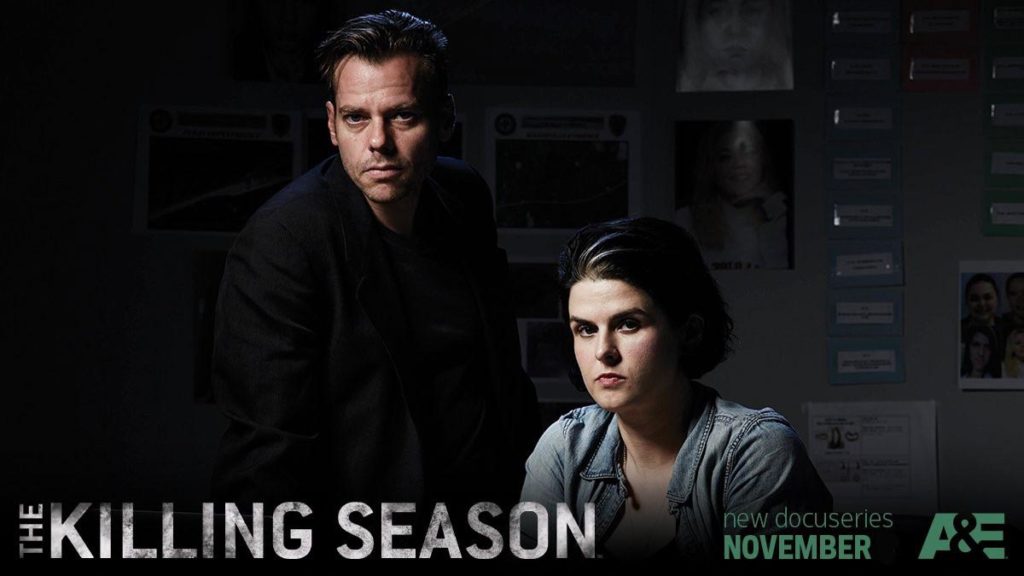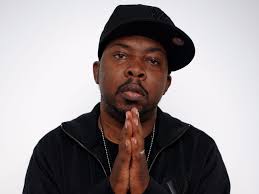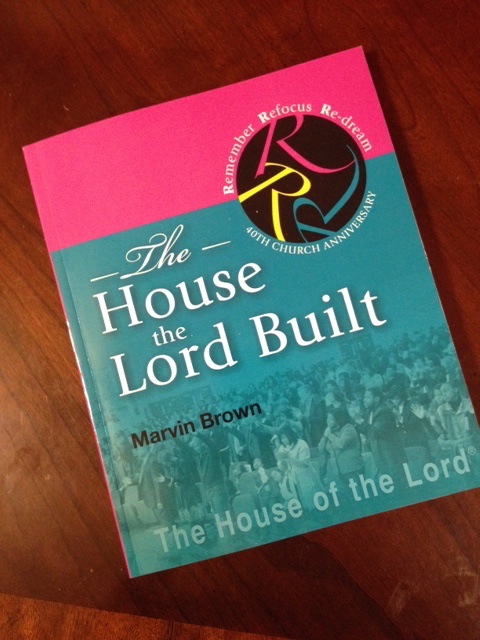EXPERIENCES ON THE HILL KEEPS BRINGING DIRECTORY BACK

Sean Bloomfield
Before he made a film that follows seven strangers as they travel to a spiritual village in Bosnia-Herzegovina to investigate its miracles, Sean Bloomfield made the journey himself. “Something there moved me,” he recalls.
The filmmaker and author has explored religion and spirituality in previous works, but his experiences in the village of Medjugorje remained with him. In 1981, the Virgin Mary reportedly appeared before six local youths there. In the years since, thousands seeking miracles and enlightenment walk the village’s jagged hillside to the spot marked with a statue of Mary.
“It was either the biggest hoax or a miracle,” Bloomfield remembers thinking. He would make more trips there.
In returning last year to Apparition Hill—the name given the sacred spot and the title of his new documentary—Bloomfield wanted to make the experience as authentic as possible for viewers.
READ MY REVIEW OF THE DOCUMENTARY
Bloomfield, a Florida native, selected his cast from a slew of video submissions. He settled on seven from the United States and London: two atheists; a widowed father of nine; a Catholic latecomer; a terminally ill wife and mother; an on-and-off drug abuser; and a man suffering from the debilitating disease ALS.
Bloomfield’s camera watches these volunteers as they embark on a two-week pilgrimage, each seeking something—a renewal of faith, a pull into something beyond secular security, self-awareness, a life-saving miracle.
Besides peeking into the lives of the cast, Bloomfield’s camera allows us to peer into a specific place, this small village, which seems to glow in its spirituality. As we watch, we get accustomed to the village’s geography and the rhythms of the community—priests, tourists, visionaries and filmmakers alike move through Medjugorje with a sense of intimate purpose.
“There are so many stories there,” Bloomfield says. “There’s something about this place, but more so the people.”
In addition to the cast, the documentary weaves in a tapestry of locals: an area physician who begins to believe in a power beyond her medical training; a recovering addict who makes the place his home and now helps others; a tour guide and mentor who lends a sense of history; and of course the “visionaries” who first claimed to see the Virgin Mary.
One such visionary, Mirjana Soldo, is significantly featured in the documentary. Sixteen at the time of her visitation, Soldo has devoted her life to her pilgrimages and to bringing a message of hope to the world-weary. Her story captivated Bloomfield.
“As a teen she was persecuted,” he says.

Stella Mar Films
It wasn’t easy being a person claiming to have met the Virgin Mary, much less so when that person is a teenager. In the documentary, as Soldo communes with Mary, a look overtakes her, tears stream down her cheeks, she begins to smile like she’s tapped into something profound. She has told her story in a book; Bloomfield feels there is more to tell. “I would like to continue her story,” he says.
How will a film so unapologetically spiritual be received?
“We tried to make it objective,” Bloomfield says. “We just tried to record the story. We didn’t want to impose on the audience what to take away from the film.”
Audiences seem to be responding positively. It’s gaining a word-of-mouth following on social media and is selling out limited screenings.
And what about his cast? Most seem changed by the experience.
“We stay in touch,” Bloomfield says. The group maintains a private Facebook page to stay abreast of each other’s lives. “We’re like family,” he adds.
Up next for the director are plans to document the experiences of a youth festival on Cross Mountain in the same village. It was shot by a second crew at the same time Bloomfield was filming Apparition Hill.
In this time of a bruising presidential campaign and a divided nation Bloomfield believes the film is timely.
“There are things that transcend human problems,” he suggests.
Check here for screening dates and locations.
| Marvin Brown’s Movie Review Archive


 The documentary, codirected by Sabine Krayenbühl and Zeva Oelbaum, is presented in an epistolary format in an effort to squeeze history and texture from Bell’s actual letters. The method is further supported though cinematic techniques: as Bell speaks (voiced by actors Rose Leslie as a girl and Tilda Swinton as a woman) her missives are brought to life via filmstock-aging effects, vistas rendered in sepia tone and still photos given the Ken Burns effect. The film’s like an ancient postcard brought to life. Actor reenactments and spectacular archival footage round out the illusion we’re watching a documentary of the day.
The documentary, codirected by Sabine Krayenbühl and Zeva Oelbaum, is presented in an epistolary format in an effort to squeeze history and texture from Bell’s actual letters. The method is further supported though cinematic techniques: as Bell speaks (voiced by actors Rose Leslie as a girl and Tilda Swinton as a woman) her missives are brought to life via filmstock-aging effects, vistas rendered in sepia tone and still photos given the Ken Burns effect. The film’s like an ancient postcard brought to life. Actor reenactments and spectacular archival footage round out the illusion we’re watching a documentary of the day.

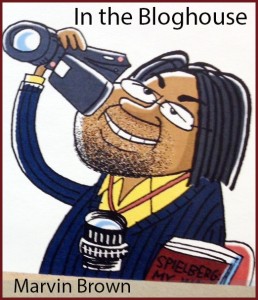 Dean’s libido is ignited at the prospect of Alex actually showing up (though Dean’s love of self-love suggests it doesn’t take much to get him going), and their initial reunion brings not-unexpected carnal abandon.
Dean’s libido is ignited at the prospect of Alex actually showing up (though Dean’s love of self-love suggests it doesn’t take much to get him going), and their initial reunion brings not-unexpected carnal abandon.